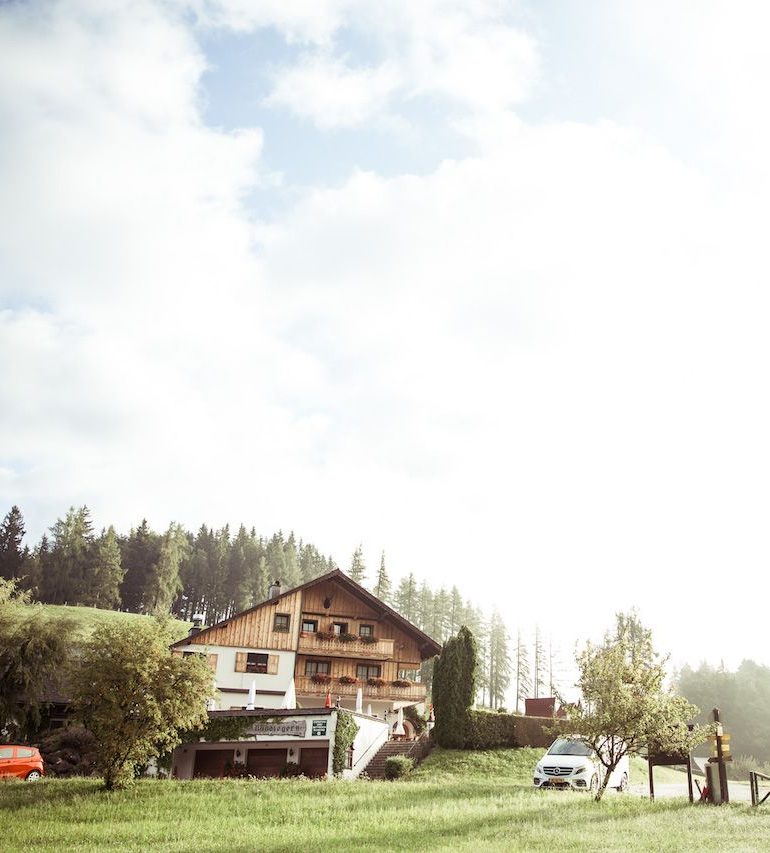
This is US
This is US
In our very personal, family-run hotel, we are happy to look after our guests ourselves. We are on hand to help you choose and plan the right hikes for you, with tips on traditions and excursions in the Salzkammergut or with adventure tours through the nature park.
Monika and Franz, as well as Daniela and Markus with Mathias are looking forward to seeing you!
Monika and Franz, as well as Daniela and Markus with Mathias are looking forward to seeing you!
Our history
Our history
The name “Windlügern” first appears in the Traunkirchen foundation charter in 902.
“Windlegern” or “Windlinger” used to stand for the two houses “Großer Windlegern” and “Kleiner Windlegern”. It is derived from the Middle High German wintluoc , which means “a place sheltered from the wind”. A luoc is a hiding place, a lair, a den of game.
In 1825, today’s inn was separated from the “Großer Windlegern” and was also known under the vulgar name “Windlegern-Paul” or “Klarlmann”.
Other names for the house “Großer Windlegern” can be found in various documents, for example:
- 1347 “Wintlugern”
- 1526 “Wintluegern”
- 1530 “Windtlueger”
- 1605 “zu den Windtluegern”
- 1699 “beyn Windtliegern”
- 1788 “Windlingers”
- 1826 “Windlinger”
- 1880 in the Gmunden land register “In Windliegern”
The house “Kleiner Windlegern” (also Windlegern-Toni) is also named in the Gmunden land register as “Am Windliegerkreut”.
Copper is said to have been mined in the area of today’s Alpine pastures as early as the Bronze Age (1800-800 BC). The importance of Traunkirchen as a settlement is likely due to these copper deposits.
From 1744 to 1751, at the time of Marie Theresa, iron ore was demonstrably mined at Windlegern. Pits and a tunnel system are still preserved in the “Bäckerwald”.
There are even a few legends about the almost 4000 years in which the alpine pasture area around the Windlegern has been known. But we’ll be happy to tell you about them ourselves…
